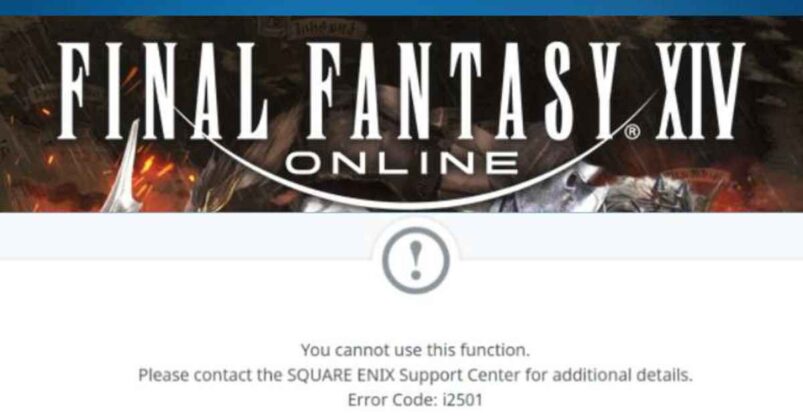In today’s digital age, keeping your data and online assets secure is more important than ever. With increasing numbers of cyber-attacks and data breaches, it’s essential to implement best practices for cybersecurity to protect your sensitive information. This article will provide a comprehensive guide to the tech best practices for cybersecurity and essential tips for keeping your data safe.
Introduction
Cybersecurity is a critical issue that affects everyone, from individuals to large corporations. With the rapid development of technology, cybercrime is also becoming more sophisticated and advanced, making it more challenging to keep your data and online assets secure. However, by following the right tech best practices for cybersecurity, you can minimize the risk of a data breach and protect your sensitive information.
Understanding the Threat Landscape
The threat landscape in the world of cybersecurity is constantly evolving, with new threats emerging every day. In order to protect your data, it’s important to understand the current state of the threat landscape and what types of cyber attacks are most common. Some of the most common threats include phishing scams, malware infections, and network attacks.
Phishing Scams
Phishing scams are one of the most common types of cyber attacks. These scams are designed to trick individuals into revealing their personal information, such as passwords and credit card numbers. Phishing scams can come in the form of fake emails, pop-up ads, or even phone calls. To protect against phishing scams, it’s important to be cautious of unsolicited emails and never click on links or download attachments from unknown sources.
Malware Infections
Malware infections can cause significant damage to your computer and compromise your personal information. These infections are usually spread through email attachments, downloads from untrusted websites, or by exploiting vulnerabilities in your computer’s software. To protect against malware infections, make sure to keep your operating system and all software up to date, and use a reputable antivirus program.
Network Attacks
Network attacks refer to any unauthorized attempt to access or compromise a computer network. These attacks can be carried out by hackers looking to steal sensitive information or disrupt operations. To protect against network attacks, it’s important to use strong passwords, secure your wireless network, and keep your network infrastructure up to date.
Implementing Tech Best Practices for Cybersecurity
Now that you have a better understanding of the threat landscape, it’s time to implement tech best practices for cybersecurity to keep your data safe and secure. Here are some essential tips to get you started:
- Use Strong Passwords: One of the simplest and most effective tech best practices for cybersecurity is to use strong, unique passwords. A strong password should contain a mix of letters, numbers, and symbols, and should be at least 12 characters long.
- Enable Two-Factor Authentication: Two-factor authentication is a security process that requires a second form of identification, such as a code sent to your phone, in addition to your password. This additional layer of security makes it more difficult for hackers to access your sensitive information.
- Keep Software Up-to-Date: Keeping your software up-to-date is an essential tech best practice for cybersecurity. Software updates often include security fixes, so it’s important to install them as soon as they become available.
- Use Antivirus Software: Antivirus software is an essential tool for protecting your computer and sensitive information. It can detect and remove malware, and prevent you from downloading infected files or visiting malicious websites.
- Back Up Your Data Regularly: Regularly backing up your data is another critical tech best practice for cybersecurity. This helps you recover your data in the event of a data breach or other disaster.
- Be Careful with Email: Email is a common vector for cyber attacks, so it’s important to be cautious when opening emails from unknown or suspicious sources. Avoid clicking on links or downloading attachments from unknown sources.
- Use Encryption: Encryption is a powerful tool for protecting your sensitive information. It can prevent unauthorized access to your data, even if it’s intercepted by a hacker.
- Be Vigilant about Public Wi-Fi: Public Wi-Fi is an attractive target for hackers, so it’s important to be careful when using public Wi-Fi networks. Avoid accessing sensitive information on public Wi-Fi, and consider using a virtual private network (VPN) to encrypt your internet traffic.
- Educate Yourself: Staying informed about the latest threats and tech best practices for cybersecurity is an essential part of keeping your data and online assets safe. Regularly educate yourself on the latest threats and best practices, and stay up-to-date on the latest trends in cybersecurity.
conclusion
In conclusion, following the right tech best practices for cybersecurity is essential for keeping your data and online assets secure. From using strong passwords and enabling two-factor authentication, to backing up your data regularly and using encryption, these best practices can help you minimize the risk of a data breach and protect your sensitive information. Stay informed and stay vigilant to stay ahead of potential threats and keep your data safe.










![How to Get Udemy Premium Cookies in 2024[Daily Updated]](https://mytechnologyhub.com/wp-content/uploads/2023/12/Udemy-Premium.jpg)

